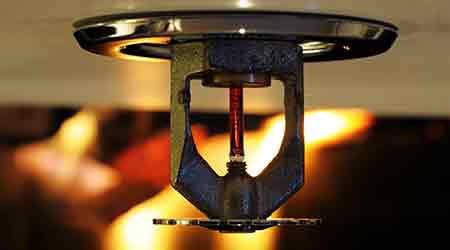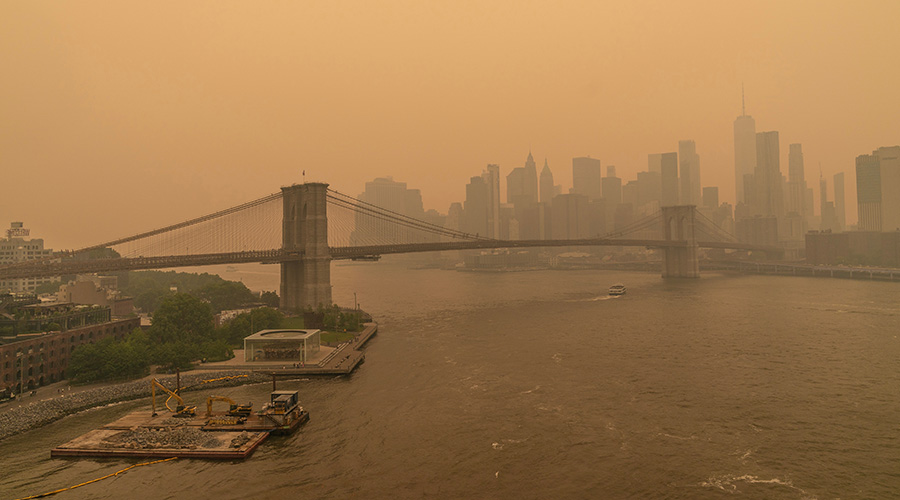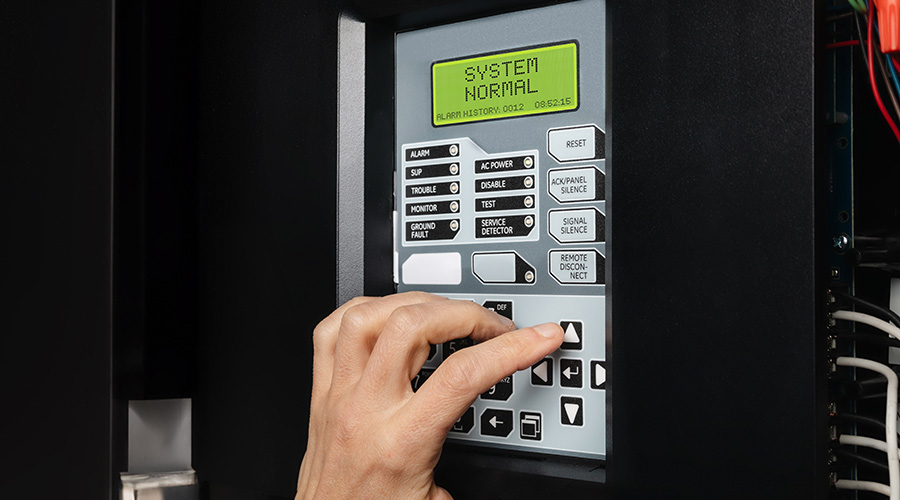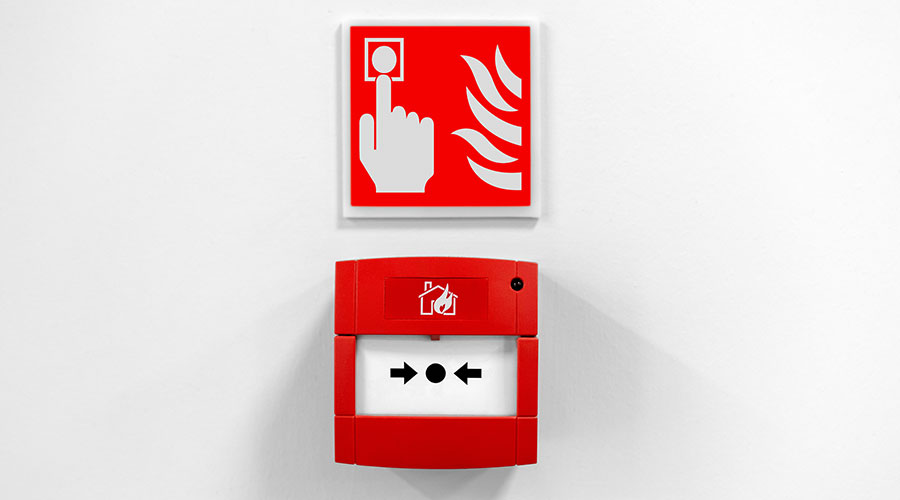Commissioning Fire and Life Safety Systems
Last part of a 3-part primer on the care and maintenance of new or old installations
When it comes to the broader commissioning approach to fire and life safety systems, this "is typically initiated by the owner in the project specifications," Solomon and Wilmot say. "The owner will hire a fire commissioning agent who understands the installation, operation, and maintenance of all fire protection and life safety systems to be installed." That person "will lead, plan the schedule, document, and coordinate the fire protection and life safety commissioning team." This team may consist of various people, including "a commissioning authority, installation contractor, manufacturer’s representative, registered design professional, general contractor, insurance representative, facility maintenance personnel, the third-party test entity, and the AHJ."
For integrated system testing, the building owner can assemble this team. Solomon and Wilmot note that at minimum this group "is required to consist of the integrated testing agent, and the installation, testing, or maintenance personnel for each integrated system."
ITM should be done on both active and passive fire protection systems, Jelenewicz points out. Active fire protection systems include sprinklers, smoke management, and fire alarm and emergency communication systems, while passive systems can be fire barriers, opening protection, and fire-stopping materials. The active systems may be the obvious ones that come to mind, but that doesn’t mean facility managers should overlook the passive systems, Jelenewicz says, because they "have their own types of ITM requirements."
Solomon and Wilmot agree. "Fire-rated construction assemblies such as fire barrier walls and smoke barrier walls have to maintain their integrity. New piping or wiring that may be added in the building over time is likely to penetrate these walls; thus, your program needs to address that factor."
Among the questions that need to be asked: "Do the fire-rated doors and exit doors properly operate and latch when in the closed position? Is the emergency lighting system fully functional? Does the building have a fire pump or emergency generator? There is no one frequency for how often these systems are checked. Some elements might be checked on a daily basis, others monthly, yearly, or even less frequently," they explain, adding that NFPA 3 recommends including the frequency of the testing in the commissioning plan. "The frequency listed in the commissioning plan will vary depending on the scalability of the systems/building."
Basically, "any system, feature, or construction assembly that was mandated to be installed by the applicable code or standard requires attention," say Solomon and Wilmot. "During the life cycle of the building, these systems can be impacted by a variety of factors: normal wear and tear, weather, remodeling, or renovation work that may inadvertently impact the systems."
For example, says Frangiamore, in the case of a warehouse, "you might have changed what you were storing in an area or changed the height" of a space. Even changes like this mean the existing system that was installed to serve the previous specifications "has the potential to not extinguish" a fire. Considering that many businesses that have a significant fire don’t reopen, every aspect of a facility, no matter how small it seems, is crucial for whoever is checking the systems.
Part of Any Program
ITM of fire protection systems is critical "to ensuring that essential life safety systems respond properly during a building fire," Jelenewicz contends. "As the central stakeholder in ensuring that fire protection systems are adequately maintained, facility managers should ensure that an inspection, testing, and maintenance program is part of any facility’s fire protection program."
Solomon and Wilmot point out, "There are so many demands on the facility manager — building access, security, cleaning, snow removal, HVAC, window washing, trash removal, tenant demands, etc. — that the ITM aspects of the fire protection systems can sometimes get overlooked.
"If the building elevators aren’t working, it is a big inconvenience for the occupants, and it is immediately noticeable. If a water supply valve for the automatic sprinkler system is closed, it may not be noticed unless a proactive ITM program is in place. Modern-era fire protection systems are more complex [and] have a high degree of reliability, but still require attention to ensure they perform as intended. NFPA is actively looking at the profession to see how we can better get the information into the hands of those who have the ultimate responsibility to keep the systems up to par."
Angela Maas is a writer who covers facility issues. She was formerly the managing editor of Building Operating Management.
Related Topics:














